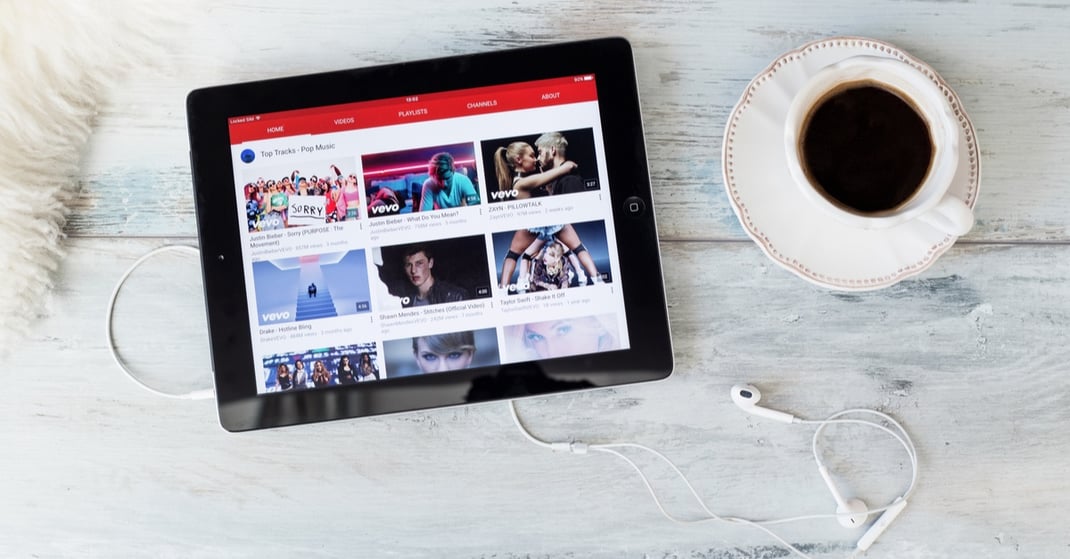 “Get me a viral video” has been a common request among marketers in recent years. Though the effect on sales is questionable, there’s no question that viral videos get consumers talking about brands and generates positive feelings that can’t help but rub off on the brands.
“Get me a viral video” has been a common request among marketers in recent years. Though the effect on sales is questionable, there’s no question that viral videos get consumers talking about brands and generates positive feelings that can’t help but rub off on the brands.
As everyone knows though, the odds of going viral are long and get longer all the time. Aiming for virality also ignores the evolving ways that consumers use video to do everything from education to research to relaxation.
Marketers need to explore these use cases and tailor their approach accordingly.
Education and Research
Google’s recent research found that the top four content categories for online video were comedy, music, entertainment/pop culture and “how to.” In recent years, everyone from Olympic athletes to programmers have used YouTube as a research tool. A 2014 survey by the UK’s Towergate Insurance also found that 28% of consumers use YouTube for home renovation advice.
While DIY is a natural for brands like The Home Depot and Lowe’s, others including Philadelphia Cream Cheese and Maybelline have created videos offering advice for cooking and make-up application, respectively.
While consumers turn to YouTube to learn how to patch a roof though, they also use video to research products. Google’s research found that 58% of moms use YouTube for product research. As one mom in the study noted, a video showing off a stroller’s features is more valuable than a blog post discussing it. With a video you can see the features in action.
Entertainment
Of course, people use video mostly for entertainment. Here brands can be part of the experience rather than interrupt it. Pepsi’s video strategy, for instance, positions the brand as a curator for musical talent. The brand’s YouTube channel showcases up-and-coming acts including Babe Rexha, Jidenna and Alessia Cara.
Marriott, meanwhile, employs comedian Ben Schwartz for skits and interviews on its YouTube channel. Like Red Bull, Marriott has taken its role as a video publisher seriously, creating an in-house content studio staffed by dozens of full-time employees.
Meeting Long Tail Lifestyle Needs
Since the use of mobile video is fairly new, marketers are still figuring out how to create content that will complement users’ lifestyles. For instance, some brands worked with YouTube stars famous for Autonomous Sensory Meridian Response (ASMR), a phenomenon in which watching a video causes the tingles and a relaxation response.
The idea of a consumer firing up a video to unwind after a long day is becoming the norm, especially for younger consumers. Marketers who see online video as a launch pad for hilarious viral content are missing the point. They’re also missing out on a big opportunity.
Want to learn more about the power of advertising on YouTube? Schedule a briefing with a Video Expert from our Team.



